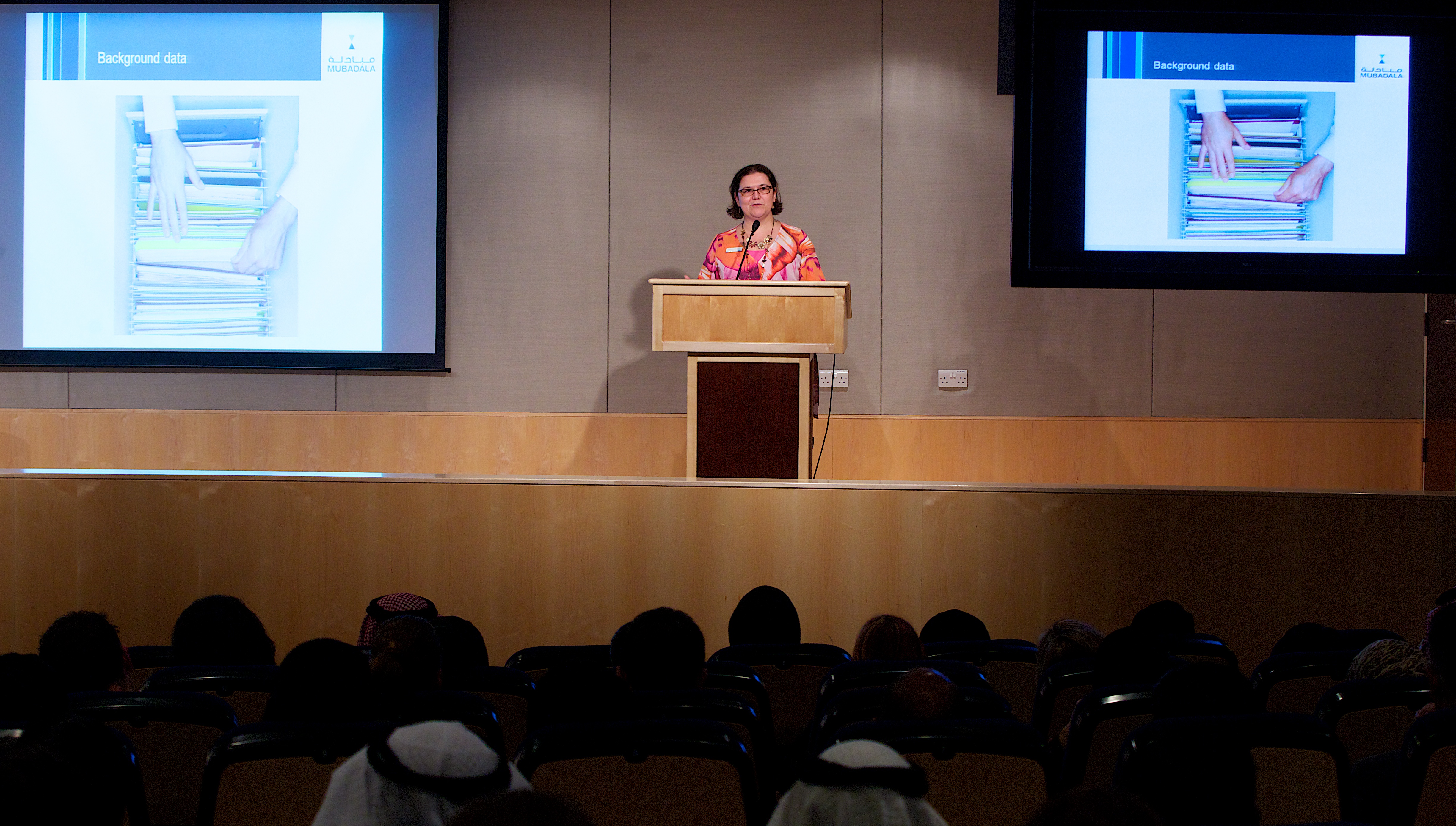In a post last week, I described the best order in which to apply salary increases. Basically you start from the most general ones, and progressively you apply those that are more individual in nature.
Promotional increases are among the second category, as only a minority of employees receive them each year. I got a question in the comments section on my post, wondering about how to set the percentage of promotions for the total population.
So, how do you decide (if you decide at all) the number of promotions you grant each year ?
As usual, my advice will be to start by gathering as much relevant data as possible.
- Run last year’s stats
How many promotions were there at your company last year ? Which percentage of the total employee population did that represent ? Did your top management consider this appropriate, or too large, or too small ? Apply these numbers to your current headcount.
- Check your email inbox
Did you already receive requests from managers wishing to nominate some of their team members, or from employees wishing to be considered for promotion ? How many promotions were denied or postponed last year, and therefore likely to resurface this year ?
- Check your manpower plan
Is there a change of organisation with the creation of a new department ? Movements to this new department will often be promotions, creating a domino effect in the rest of your organisation, and supporting career development opportunities at your company. Do you have people about to retire who will be replaced by younger employees ? Are there anticipated movements as a result of your succession planning ?
- Think about the stage of your business
Are you in a young organisation in start-up mode and high growth with many opportunities, undefined and flexible roles and frequent promotions ? Or in a large, stable organisation with well defined career paths, where experience is acquired through the years and promotions are not as frequent ? Or in a more bureaucratic organisation where promotion is mostly linked to tenure, for example in the education system where teachers get mostly promoted based on numbers of years ? Or are you the only organisation of your kind in the local market (eg : the only pharmaceutical R&D centre on the topic of XYZ), and people working there are committed to a profession, an industry, a project or a vision, and therefore are focused more on job content and a bit less on promotion probability … at the same time being aware of the restricted number of opportunities inside and outside the company in the country ?
- Try to gather industry practice
For example in the consulting industry, the famous “up or out” is applied. You get a promotion every year ie a change of grade, or you are put on performance improvement plan and may have to leave if you don’t achieve your objectives. Meanwhile in manufacturing environments for example, promotions happen after much more time, and are generally linked to a larger increase in job responsabilities than in the consulting industry.
- Finally, consider the economic environment
If business is slowing, competition is making layoffs and your organisation has to be more cost-conscious, then you should consider tightening your criteria for promotion eligibility. Maybe your employees need to stay longer on their current grade before becoming eligible. Maybe they need to have an above average performance rating two years in a row. Maybe you restrict promotions to identified high potential employees. Maybe you focus on certain populations, targeting for example 60% of your promotions to Local Nationals (Emiratis in the UAE, Saudis in KSA etc). Maybe you stop providing promotions except to your most critical populations, for example R&D and Sales.
Once you have all this information, make your assumptions and run a few simulations. I recommend to keep it simple and use only 2 sets of variables : number of employees being promoted, and average basic pay increase.
Remember that you are only preparing budget and salary review at this stage, so don’t run simulations based on actual people. Take into account the average basic pay in each grade, your targeted number of promotions, and average promotion increase. Don’t forget to calculate cost based on basic pay, but also on gross salary as the amount of the increased allowances can easily represent 50% or more of your total cost of promotions in the GCC.
Identify your preferred scenario, prepare your arguments, keep the other simulations as back up, and obtain approval for your budgeting. And voilà ! You have your targeted number of promotions for your population, along with a budget line. You will have to run this exercise every year as circumstances change, but the first time is the most difficult one. Thereafter you can use the simulation sheets again and amend them as needed, and it will take less time.
Don’t forget to inform your HR Business Partners as well as the Directors of your company. This brings a lot of value to them : armed with an expected number of promotions as well as a budget and clearly defined criteria for eligibility, they can then easily prepare their nominations and expect that top management will accept a high number of their proposals, without having to “fight” too much. And here’s how a technical simulation positions you as a strategic partner to the business 🙂 !
Related post :
The best order in which to apply salary increases in any organisation




Speak Your Mind